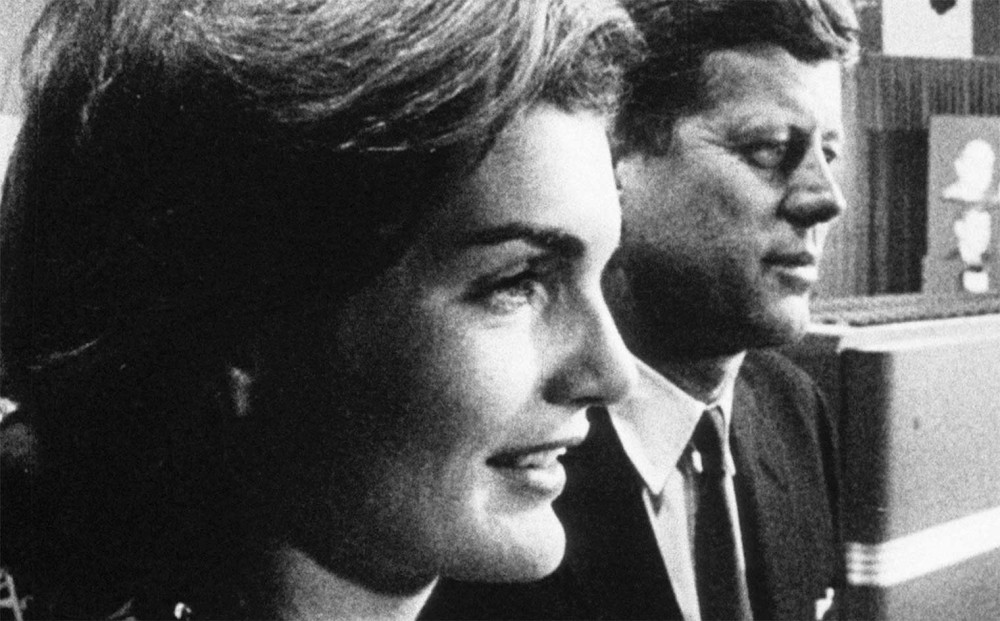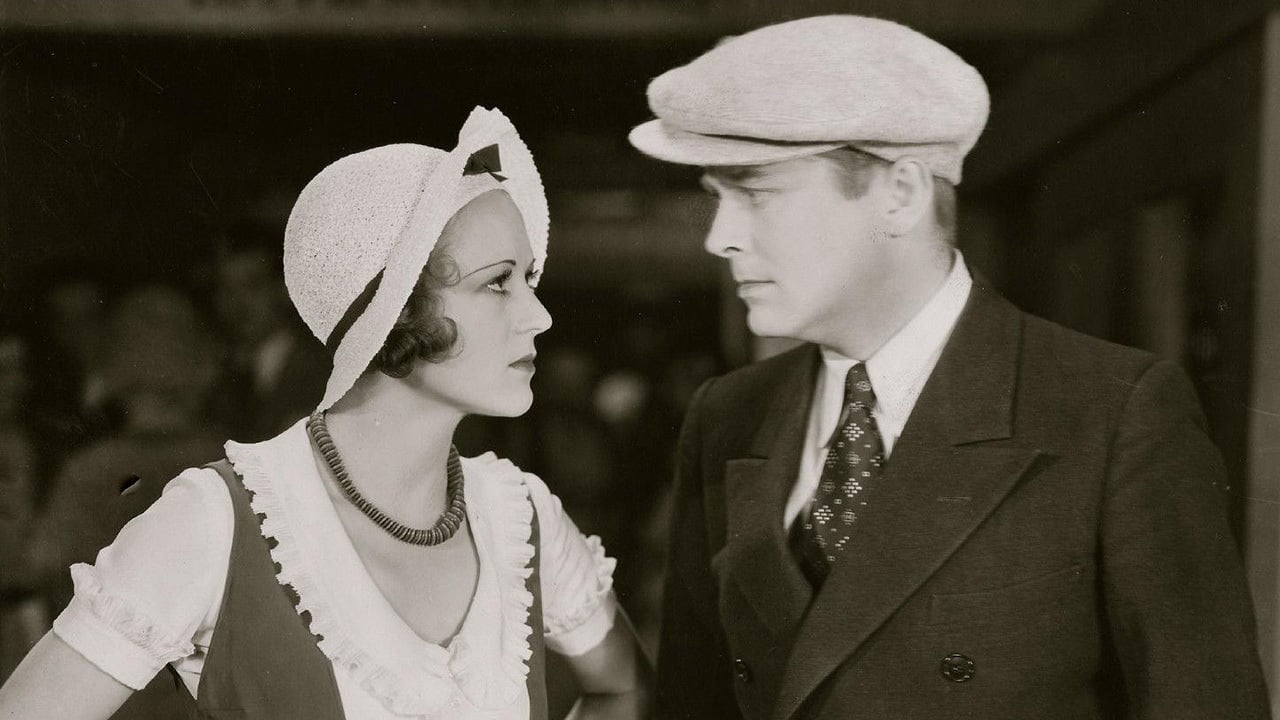Author: Andrew Sweet
-

The Cinema-Truth of PRIMARY
The 1950s and 1960s were political and aesthetic eras of radical reimagination, and both politics and aesthetics were unassumingly upended with the release of Robert Drew’s Primary (1960). Primary is an hour-long “direct cinema” documentary about the battle for the Wisconsin Democratic primary between Hubert Humphrey and winner John F. Kennedy. The film documents the…
-

Love, Money, and An Unnamed Procedure: Frank Borzage’s BAD GIRL
There is a sweetly comic tension running through Frank Borzage’s romantic comedy-melodrama Bad Girl (1931) that arises from trying to discern how we are to regard the lower-class New York City couple at its center. Adapted from a 1928 novel by Vina Delmar, and a 1930 play by Delmar and Brian Marlowe, Bad Girl follows…